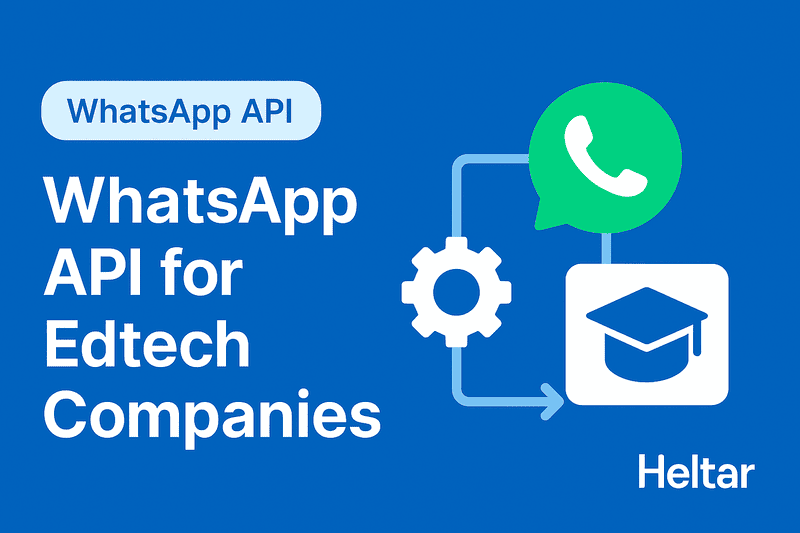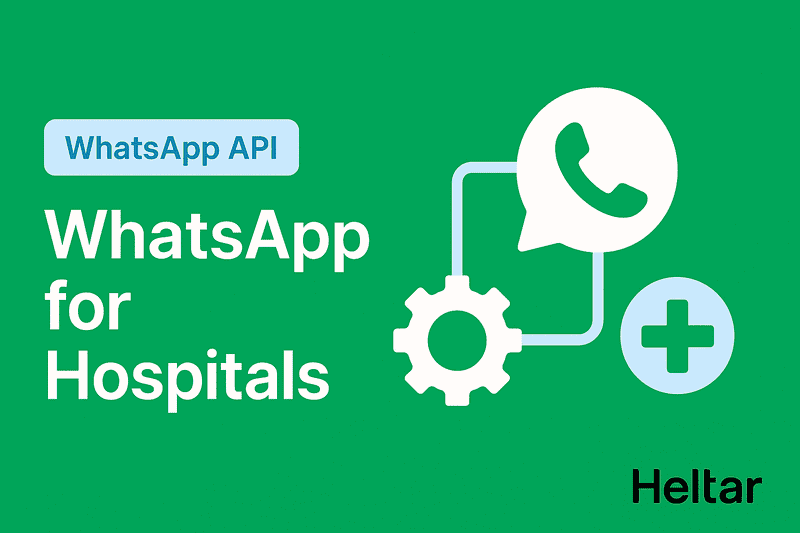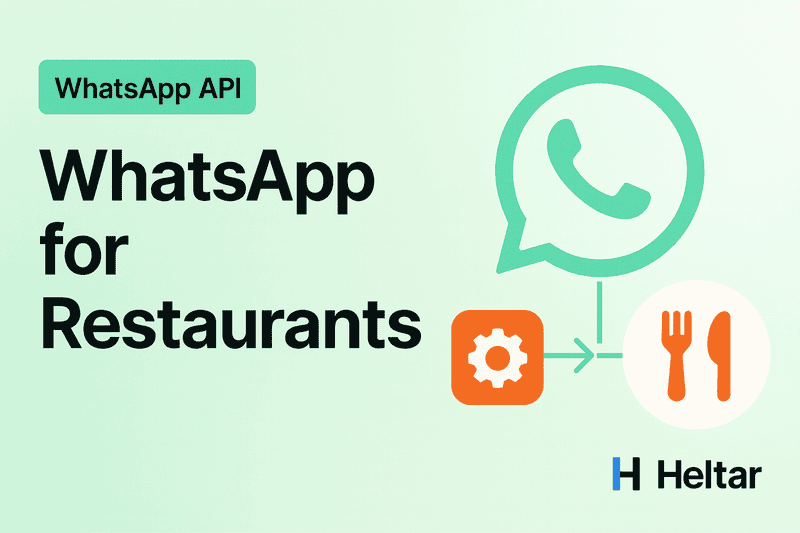When working with WhatsApp data channel flows, you might run into this error:
INVALID_ROUTING_MODEL: Loop detected in the routing model for screens: (screenIds).
This error can be confusing—especially if you’re sure there’s no visible loop in your flow. Let’s break down why it happens and how to fix it.
What This Error Means
This error occurs when your flow's routing_model defines a loop—either directly or indirectly—between screens.
A loop happens when a screen leads back to itself through a chain of transitions. This prevents the system from deciding a final end-point for the flow.
Example of a Loop (Even if It Seems Fine)
Let’s say you have the following routing_model in your flow JSON:
{
"routing_model": {
"FIRST_SCREEN": ["SECOND_SCREEN"],
"SECOND_SCREEN": ["FIRST_SCREEN"]
}
}At first glance, this seems harmless: two screens linked back and forth. But this creates an infinite loop:
FIRST_SCREEN → SECOND_SCREEN → FIRST_SCREEN → SECOND_SCREEN → ... and so on.
There’s no exit point—which is why the error shows up.
How to Fix It?
To avoid this error:
Break the loop. Make sure there’s a clear end to your flow.
Avoid circular references in routing_model. A screen shouldn't lead back to one that already led to it.
Fixed Example
{
"routing_model": {
"FIRST_SCREEN": ["SECOND_SCREEN"],
"SECOND_SCREEN": ["THIRD_SCREEN"]
}
}
In this version:
The flow moves forward without going back to previous screens.
No loop = No error.
Other Things to Check
If you’re using condition-based routing, ensure your conditions don’t cause a loop based on user input.
Validate your flow with test data before pushing live.
Bonus Tip
If your use case requires going back (e.g., for a “Back” button), build it outside the main routing_model using custom actions or separate screen paths that reset the flow cleanly.
For more troubleshooting insights related to WhatsApp Business API, check out heltar.com/blogs.




